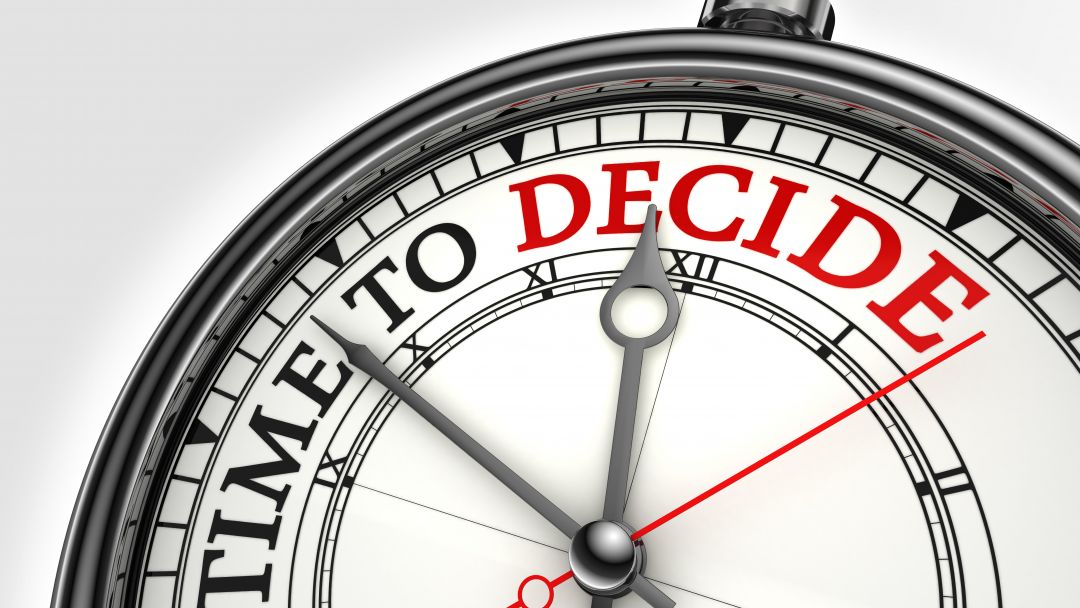Team Games: The Big Decisions for School Sport During the Crisis

A school starting from scratch to plan a programme of physical activities, in the conditions likely to prevail in autumn 2020, would be unlikely to turn its first thoughts to Rugby or Hockey. Or Lacrosse for that matter. All depend upon handling the ball, or implements, and close proximity to the opponent. In an environment of social distancing, these activities will be difficult to deliver, and require considerable modifications and restrictions. So, why start here? Because that’s what we have always done. And it’s what the school down the road is probably doing as well. And we need to be ready to play a match against them, just in case a miracle cure is found.
There are many issues that schools must resolve before their probable return in September. They must find ways of operating that both accommodate new, and unpredictable, restrictions. At the same time they must reassure their pupils and parents that it is business as usual. Physical activities are a significant part of this problem. They are in the DNA of the sector, and a large part of its business case.
Schools have three alternatives:
They can plan a programme that is as close as possible to normal, with activities and expectations resembling previous years. This runs the risk that modified forms of traditional games will be less attractive, and difficult to sustain through the longest term. Whether distanced practices, touch rugby and amended Hockey will continue to inspire, as the weather deteriorates, is unknown, but questionable. This is particularly doubtful without the stimulus of external competition.
An alternative is to shuffle the same cards into a different hand. Some traditional activities are more likely to be achievable, with smaller modifications, than others. Initially, the summer term activities that have missed a season might be possible, certainly before October half term. Netball and Association Football might be accessible before other team sports, and in a more recognisable form. There would be a strong case for some seasonal adjustments. This would require a level of sector collaboration, at least on a local level. The terror of not being able to quickly restore inter-school competition as a result of being misaligned with others would otherwise be too great.
The third possibility is to introduce some activities better suited to the restrictions which look likely to apply. Some of these may not have been seen in schools before. This might include recently popular activities that have been previously unable to oust the traditional sports which are sitting tenants in the programme. A combination of these, alongside maintaining a presence of the recognised games, with whatever seasonal adjustments, might prove the optimum solution. It is an unprecedented opportunity to experiment with establishing a better programme, or distribution of sports. Inevitably, some schools will be more inclined to embrace possibility than others: the comfort zone of convention might be too irresistible for others. Some changes may prove to be improvements worthy of a sustained presence beyond the crisis.
Sports fixtures have long exerted a powerful influence on how schools operate games. Conservatism, sector expectation and the need to align with neighbours have pressured programmes to maintain a recognised identity. It is ironic that, even when inter-school competition looks extremely unlikely to take place, at least until 2021, the ghost of school sport continues to dictate what the programme might look like. Willingness to burst out of its shackles, even when they are temporarily invisible, appears thin on the ground.